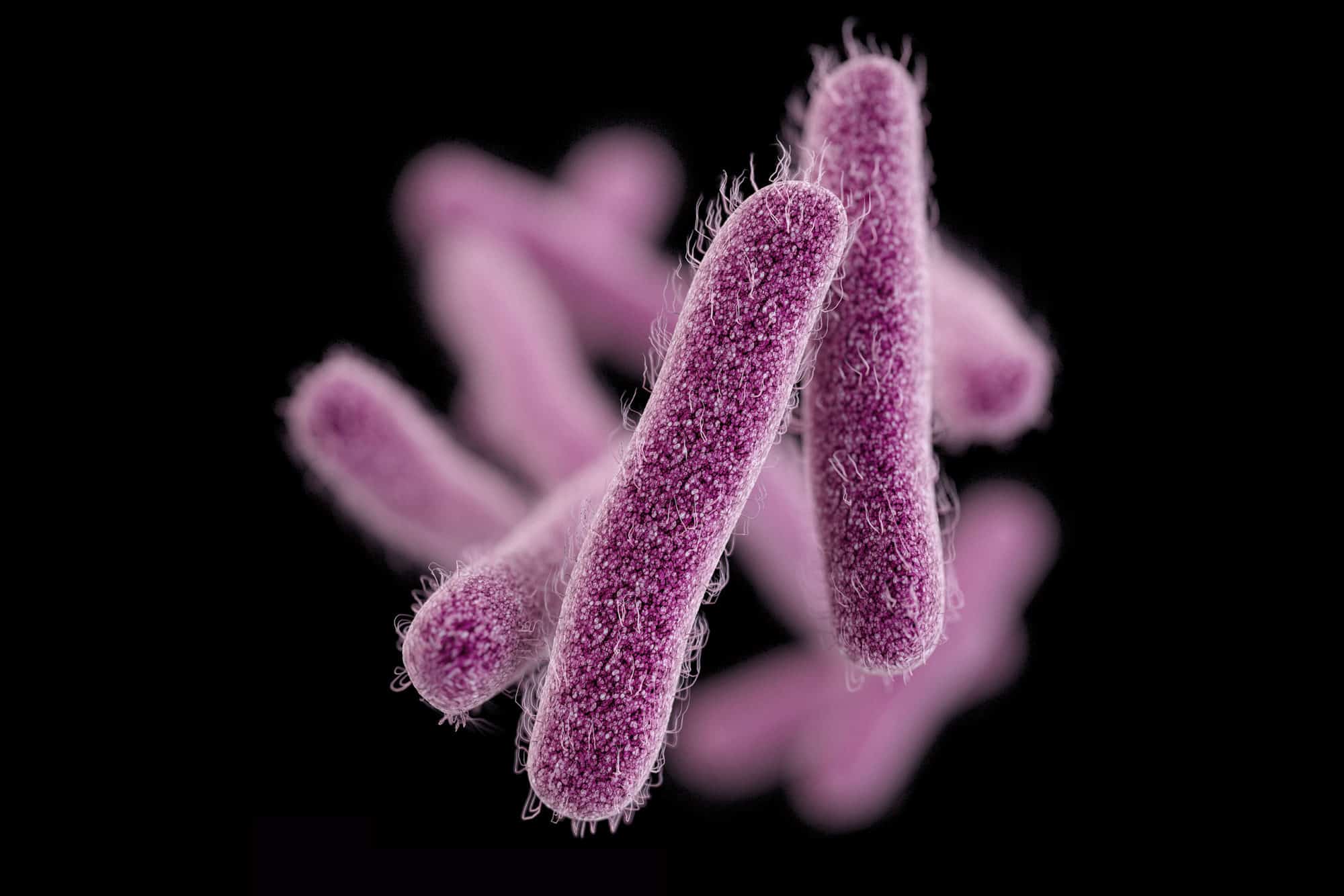The CDC Alerted “Nightmare Bacteria”, a Growing Threat
While antibiotic resistance (AR) threats vary nationwide, AR has been found in every state. And unusual resistance germs, which are resistant to all or most antibiotics tested and are uncommon or carry special resistance genes, are constantly developing and spreading.
And now, according to a new study by the CDC, last year, nationwide tests discovered 221 instances of ‘unusual’ germs – bugs resistant to all, or most antibiotics tested on it.
Termed the “nightmare bacteria”, it was found to possess unusual resistance to antibiotics of last resort, identified more than 200 times in the United States last year in a first-of-a-kind hunt to see how much of a threat these rare cases are becoming.
“Essentially, we found nightmare bacteria in your backyard,” said Dr. Anne Schuchat, principal deputy director of the U.S. Centers for Disease Control and Prevention. “These verge on untreatable infections” where the only option may be supportive care — fluids and sometimes machines to maintain life to give the patient a chance to recover, Schuchat said.
In 2017, a total of 221 instances of the unusually resistant bacteria were discovered. Additionally, one in ten people tested did not show
symptoms, which the CDC said makes it a hard-to-treat germ.In the first nine months of the year, more than 5,770 samples were tested for these “nightmare bacteria,” as CDC calls them, and one quarter were found to have genes that make them hard to treat and easy to share their resistance tricks with other types of bacteria.
The CDC said the problem is once germs develop an antibiotic-resistance it can spread like wildfire. Their goal is to find a way to combat the resistance and protect the population before it spreads. State health departments across the US are being warned that the bacteria contain a gene that allows it to spread its resistance to other germs.
Going forward, the CDC is betting on what it calls a “containment strategy” to combat the spread of these nightmare bugs. However, for a containment system to work as intended it’s crucial that these specific types of bacteria are detected early before they can spread. If one type of infectious bacteria gains a foothold, it could cause massive problems.
In the report, the CDC outlines its strategy: “In 2017, CDC outlined a new effort to react rapidly to novel multidrug-resistant organisms (8); this approach includes encouraging health care facilities and public health authorities to respond to single isolates of an emerging antibiotic-resistant pathogen. The strategy rests on these five pillars: 1) rapid detection of targeted pathogens and their resistance mechanisms, 2) on-site infection control assessments by trained experts to identify gaps in infection prevention, 3) screening of exposed contacts to identify asymptomatic colonization, 4) coordination of the response among facilities, and 5) continuing these interventions until transmission is controlled. Detection and control efforts can extend from the index facility to other facilities that share patients.”
“With new resources nationwide, early and aggressive action — when even a single case is found — can keep germs with unusual resistance from spreading in health care facilities and causing hard-to-treat or even untreatable infections,” the CDC said. “For example, CDC estimates show that this aggressive approach could prevent 1,600 cases of CRE in one state over three years.”
“It’s reassuring to see that state and local experts, using our containment strategy, identified and stopped these resistant bacteria before they had the opportunity to spread,” Schuchat said.






























